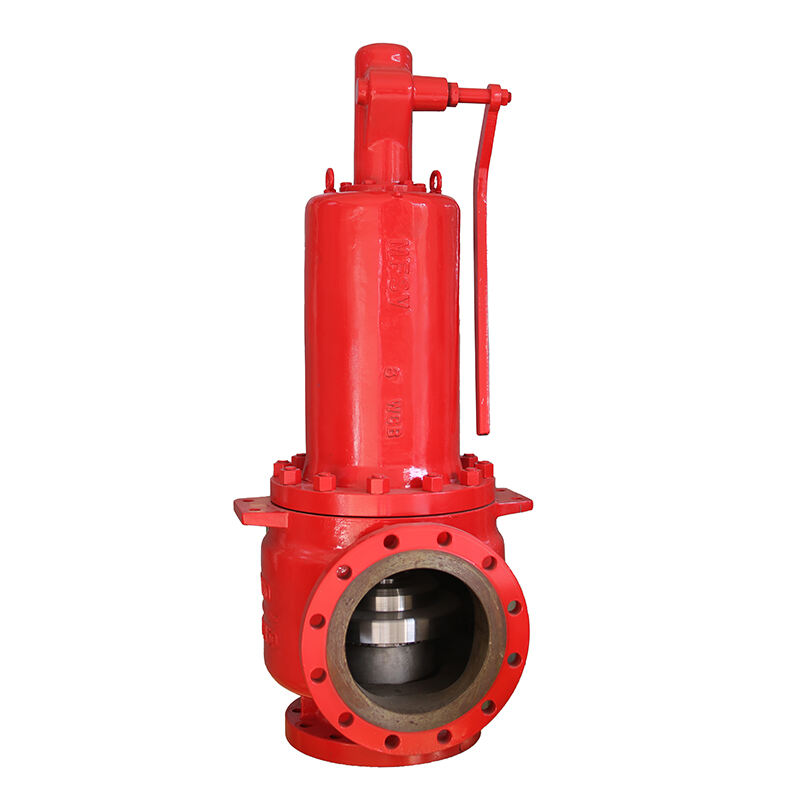Understanding Modern Ball Valve Technology
In the realm of industrial flow control, the evolution from manual to automatic ball valves represents a significant leap forward in operational efficiency and process control. These critical components play an essential role across numerous industries, from oil and gas to water treatment and chemical processing. As technology continues to advance, the distinction between automatic ball valves and their manual counterparts becomes increasingly important for engineers and facility managers to understand.
The choice between automatic and manual ball valves can significantly impact operational efficiency, maintenance requirements, and overall system performance. This comprehensive guide explores the fundamental differences, applications, and considerations for both valve types, helping you make informed decisions for your specific needs.
Core Components and Operation Mechanisms
Automatic Ball Valve Construction
An automatic ball valve incorporates sophisticated components that enable remote or automated operation. At its heart lies an actuator – pneumatic, electric, or hydraulic – that provides the driving force for valve operation. The actuator connects to the valve stem through a mounting kit and coupling, ensuring precise control over the ball's rotation.
The system typically includes position indicators, limit switches, and control interfaces that enable integration with broader control systems. Modern automatic ball valves often feature smart positioning technology, allowing for precise flow control and real-time monitoring of valve position and performance metrics.
Manual Ball Valve Design
Manual ball valves feature a simpler construction, primarily consisting of a ball, stem, handle, and body assembly. The operator must physically turn the handle to rotate the ball, which controls flow through the valve. While lacking automated features, manual valves often prove more cost-effective for applications where frequent adjustment isn't necessary.
The straightforward design typically includes fewer components, reducing potential failure points and maintenance requirements. However, this simplicity also means operators must be physically present to make any adjustments to flow control.
Performance and Control Capabilities
Precision and Accuracy
Automatic ball valves excel in applications requiring precise flow control and repeatability. Their actuators can achieve exact positioning, often with accuracy to within 1% of the desired setting. This level of precision proves invaluable in processes where slight variations in flow can significantly impact product quality or system efficiency.
Advanced automatic systems can maintain consistent performance regardless of pressure fluctuations or other external factors, ensuring stable operation even under challenging conditions. The integration of digital controls allows for real-time adjustments and optimization of flow parameters.
Response Time and Operation Speed
One of the most significant advantages of automatic ball valves lies in their rapid response capabilities. These systems can quickly adjust to changing process conditions, with some models capable of complete operation cycles in seconds. This quick response time proves crucial in emergency shutdowns or when precise timing is essential for process control.
Manual valves, while reliable, depend entirely on operator response time and physical capability. This limitation can be particularly challenging in emergency situations or when multiple valves require simultaneous adjustment.
Installation and Maintenance Considerations
Initial Setup Requirements
Installing an automatic ball valve typically demands more extensive planning and resources compared to manual alternatives. The process involves not only mechanical installation but also electrical connections, control system integration, and careful calibration of actuator settings. Proper setup ensures optimal performance and longevity of the automated system.
Considerations must include power supply requirements, control signal compatibility, and environmental protection for electronic components. While this complexity increases initial costs, the long-term benefits often justify the investment for critical applications.
Long-term Maintenance Demands
Automatic ball valves require regular maintenance to ensure reliable operation of both mechanical and electronic components. This includes periodic inspection of actuator function, verification of control signals, and assessment of seal integrity. However, advanced diagnostics capabilities can help predict and prevent potential failures before they occur.
Manual valves generally require less frequent maintenance, focusing primarily on mechanical wear and seal condition. The absence of electronic components reduces potential failure points, though regular operation remains necessary to prevent seizing or sticking.
Cost Analysis and Return on Investment
Initial Investment Comparison
The initial cost of automatic ball valves significantly exceeds that of manual alternatives, often by a factor of three to five times. This price difference reflects the additional components, sophisticated control capabilities, and more complex installation requirements. However, evaluating only the purchase price fails to capture the full economic picture.
Organizations must consider the total cost of ownership, including installation, training, and integration with existing systems. While manual valves offer lower upfront costs, they may prove more expensive in specific applications when considering operational requirements and labor costs.
Long-term Economic Benefits
Automatic ball valves often demonstrate superior economic value over time through reduced labor costs, improved process efficiency, and enhanced safety capabilities. The ability to operate remotely and respond automatically to process conditions can significantly decrease operational expenses and minimize human error.
Advanced monitoring capabilities help prevent costly downtime through predictive maintenance, while precise control can optimize resource usage and reduce waste. These benefits become particularly apparent in large facilities or hazardous environments where manual operation proves challenging or dangerous.
Frequently Asked Questions
How long do automatic ball valves typically last?
The lifespan of an automatic ball valve typically ranges from 10 to 15 years when properly maintained. However, this can vary significantly based on operating conditions, frequency of use, and maintenance practices. Regular maintenance and proper installation can extend service life beyond these typical ranges.
Can manual ball valves be upgraded to automatic operation?
Many manual ball valves can be retrofitted with actuators to enable automatic operation. However, this requires careful evaluation of the valve's design, mounting capabilities, and compatibility with desired control systems. Professional assessment is recommended to ensure successful conversion.
What are the main factors affecting automatic ball valve reliability?
Key factors include environmental conditions, maintenance frequency, quality of power supply, and proper sizing for the application. Regular calibration, protection from extreme temperatures and moisture, and appropriate actuator sizing all contribute to long-term reliability and performance.


